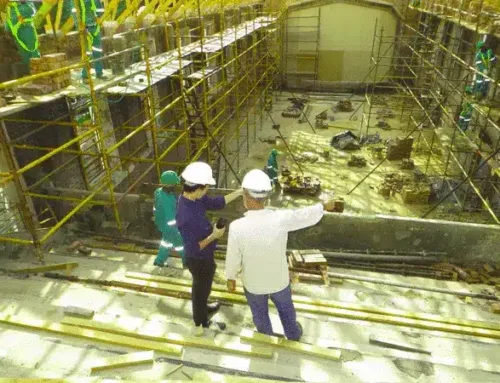3 MIN. READ
With the specter of a global pandemic on the horizon, investors and consumers are fearful of supply chain disruptions, quarantines and an overall drag on economic growth. In March 2020 the U.S. Federal Reserve lowered interest rates in an attempt to inject some life into the economy.
Foreign investors comprise a significant portion of the U.S. commercial real estate investment market. But the focus for foreign investors is prone to shifting over time. With global uncertainty surrounding trade and other issues, what sectors will foreigners target in 2020?
But what are we going to see with respect to foreign direct U.S. real estate investment? Prior to the outbreak of the coronavirus, Chinese investors had already pulled back from investing in U.S. real estate. For the first half of 2019, foreign investment in U.S. real estate declined by about $5bn. Nonetheless, at a panel convened in late 2019, U.S. real estate advisors were optimistic that other foreign investors, including those from the Middle East, Asia and Europe were stepping in to fill the void.
Secondary cities are on the rise
Foreign investors traditionally favor large gateway cities like New York, Los Angeles, Washington, D.C. and San Francisco. In recent years investors and investment advisors are also targeting smaller cities like Denver, Phoenix and Charlotte.
As investors shift into smaller markets to get higher yields (cap rates) from their investment, property prices are bid up with the consequent effect of reducing cap rates, bringing them more into line with the gateway markets.
For this reason some investors do not deviate from their core market investment strategies and do not chase yields. If you are seeking an investment in a second-tier market, it is advisable that you understand the particular cost structure, industry composition and growth prospects for that market. A market like Nashville, for example, is adding jobs at a rapid rate, and many analysts believe it has entered a more desirable investment tier.
Low rates across the globe portend for a rebound in foreign investment
Another good sign that bodes well for a rebound in foreign direct investment in U.S. real estate is the persistence of a low interest rate environment across the globe. With 2019 being a down year, many institutions have upped their portfolios allocation for real estate into the 10% range. In Europe there is a virtual negative interest rate environment for high-grade, fixed-rate investment products. Investors who are growing weary of very low and even negative returns are seeking to re-balance their portfolios and to acquire commercial property in the U.S. in 2020.
In addition to traditional “core” assets, the highest quality assets typically found in urban cores, investors are also seeking slightly higher risk “core-plus” and even higher risk value-added strategies. U.S. companies have dispersed to regions where their employee base can afford housing and also have good public schools. This, in turn, has brought secondary and tertiary markets into focus for international investors.
Acquiring real estate requires solid due diligence and an understanding of local markets and site risks. As a provider of the highest quality ALTA surveys, Millman National Land Services stays abreast of global real estate investment trends to inform its land survey practice.






